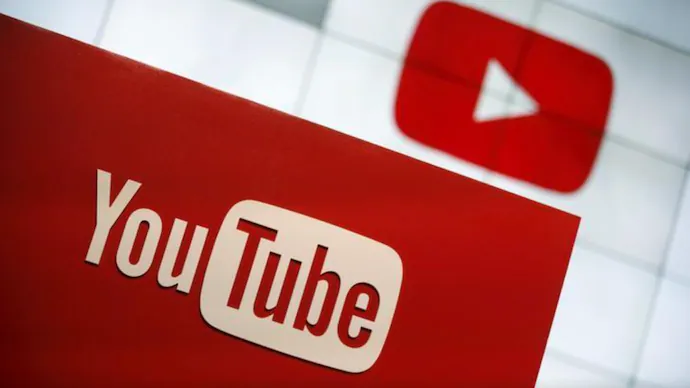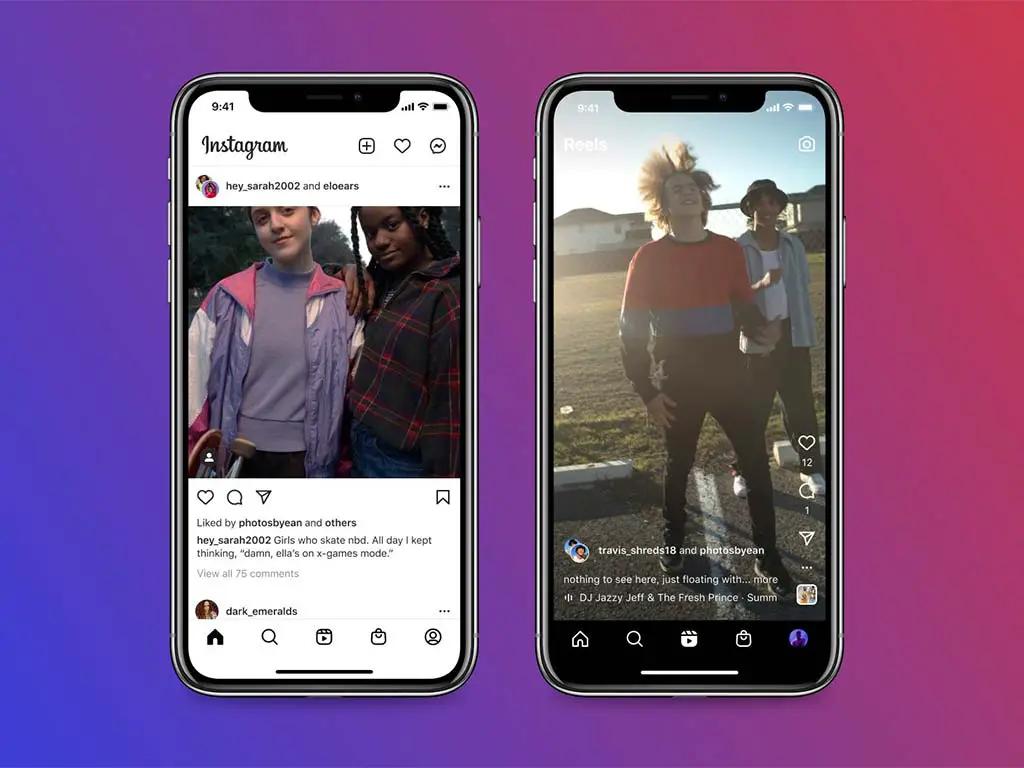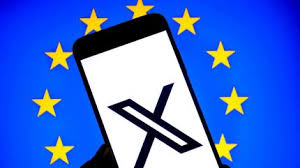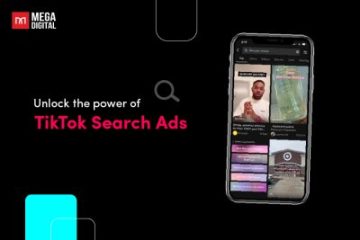Big Name Artists’ Music Pulled in Latest Dispute:Licensing Challenge
In a significant development for the music industry, YouTube has recently pulled the music of several high-profile artists due to ongoing licensing disputes. This situation not only highlights the complexities of music licensing in the digital age but also raises questions about the future of content distribution on platforms that have become essential for artists, brands, and consumers alike. With the stakes higher than ever, this article explores the implications of these disputes, the artists involved, and the potential consequences for YouTube and its users.
Table of Contents
The Current Landscape of Music Licensing
The music industry has undergone seismic changes over the past decade, primarily driven by the rise of streaming services. With platforms like Spotify, Apple Music, and YouTube dominating the market, artists have had to navigate a complex web of licensing agreements to ensure their music reaches audiences while also generating revenue.
Licensing disputes are not new; they arise from disagreements between platforms and record labels regarding royalties, usage rights, and other contractual obligations. As a result, artists often find themselves caught in the middle, with their music being temporarily removed from major platforms until a resolution is reached.
The Latest Dispute: Who’s Involved?
YouTube’s latest licensing dispute has seen the withdrawal of music from several big-name artists, including:
- Taylor Swift: Known for her fierce control over her music rights, Swift’s discography has faced challenges in the streaming space before, and her latest music removal underscores the ongoing battle between artists and platforms.
- Kanye West: A controversial figure in the music industry, West’s work is heavily sought after, making his absence on YouTube a significant loss for the platform and his fans.
- Drake: One of the most-streamed artists globally, Drake’s music withdrawal from YouTube represents a major hit, especially during a time when his fanbase is eager for new content.
- Adele: With her powerful ballads and strong following, Adele’s music is a staple on many platforms. Her absence raises questions about YouTube’s strategy moving forward.
This high-profile list indicates the gravity of the situation, as the removal of music from such influential artists can have cascading effects on both YouTube’s user experience and its advertising revenue.
The Impact on Users and Artists
The removal of music from these artists poses significant challenges for both users and the artists themselves. Here’s how:
- User Experience: Fans who rely on YouTube for music consumption face a disrupted experience. Playlists featuring the removed songs are now incomplete, leading to frustration and dissatisfaction. With over 2 billion users accessing YouTube monthly, this disruption can impact engagement and overall user satisfaction.
- Loss of Revenue: For YouTube, losing popular music means a decrease in ad revenue. Music videos often attract millions of views, generating significant income through ads. The absence of major artists could lead to a decline in user engagement, impacting the platform’s bottom line.
- Artist Exposure: For the artists involved, being pulled from YouTube could limit their reach. YouTube serves as a powerful marketing tool, providing a platform for new releases, music videos, and promotional content. Artists may need to seek alternative avenues for promoting their work, which could be less effective.
- Financial Implications: The ongoing dispute underscores a broader financial dilemma. Artists may struggle to receive fair compensation for their work due to the complexities of digital licensing, while platforms grapple with maintaining profitability in an increasingly competitive landscape.
Possible Causes Behind the Dispute
Several factors could be contributing to the current licensing dispute between YouTube and the affected artists:
- Royalty Disagreements: One of the primary issues in music licensing revolves around royalty payments. Artists and record labels often seek higher payouts, which platforms like YouTube may be reluctant to provide, especially when balancing their own financial viability.
- Control Over Content: Many artists, particularly those who have built strong brands, desire greater control over how their music is distributed and monetized. YouTube’s terms may not align with these artists’ expectations, leading to conflicts over licensing agreements.
- Shifts in Strategy: YouTube may be recalibrating its approach to music streaming and content licensing, especially with the rise of competitors. The platform’s decision to pull music could reflect a new strategy focused on exclusive deals or revamped monetization models.
- Changes in Label Relationships: YouTube’s relationships with record labels may also be in flux. Disputes with major labels can have ripple effects, leading to broader issues that affect numerous artists and their catalogs.
The Broader Implications for the Music Industry
This latest dispute raises important questions about the future of music distribution and licensing in the digital age:
- Emerging Models: As platforms and artists navigate licensing issues, new business models may emerge. This could involve direct partnerships between artists and platforms, bypassing traditional label agreements and enabling fairer revenue distribution.
- Consumer Behavior Shifts: Users may seek alternative platforms to access music if disputes continue. The growth of platforms like TikTok and SoundCloud demonstrates that consumers are willing to explore options beyond established giants like YouTube.
- Increased Regulation: As the landscape continues to evolve, regulatory bodies may step in to address the growing concerns around fair compensation and licensing rights. This could lead to new frameworks that protect both artists and platforms.
- Focus on Transparency: The ongoing conflict highlights the need for greater transparency in licensing agreements. Clearer communication between artists, labels, and platforms can help mitigate disputes and foster healthier relationships.
Looking Ahead: What’s Next for YouTube and Artists?
As the dust settles from this latest licensing dispute, several outcomes could shape the future:
- Negotiation and Resolution: YouTube may seek to negotiate new terms with the affected artists and their labels. Successful negotiations could lead to the reinstatement of the music and pave the way for improved relationships moving forward.
- Innovative Licensing Solutions: Both YouTube and artists may explore innovative solutions to licensing issues. This could include dynamic pricing models, where royalties are adjusted based on usage or audience engagement.
- Potential Lawsuits: If the dispute escalates, legal action could be a possibility. Artists may choose to pursue their claims against YouTube, leading to a protracted legal battle that could set precedents for future licensing agreements.
- User Adaptation: Users will likely adapt to the changes by exploring alternative platforms or seeking different methods to access their favorite artists’ music. This adaptability could shift the landscape of digital music consumption.
Conclusion
The recent removal of music by big-name artists from YouTube due to licensing disputes serves as a reminder of the complexities facing the music industry in the digital age. As artists and platforms navigate the challenges of royalties, control, and financial sustainability, the repercussions are felt by users, creators, and industry stakeholders alike.
The resolution of this dispute will not only impact the artists involved but could also shape the future of music distribution on platforms like YouTube. As we move forward, the outcome will provide critical insights into how the industry can adapt to the ever-changing landscape of digital music consumption. The need for fair compensation, transparency, and innovative solutions has never been more apparent, and the next steps taken by YouTube and the artists will be crucial in determining the future of music on digital platforms.



